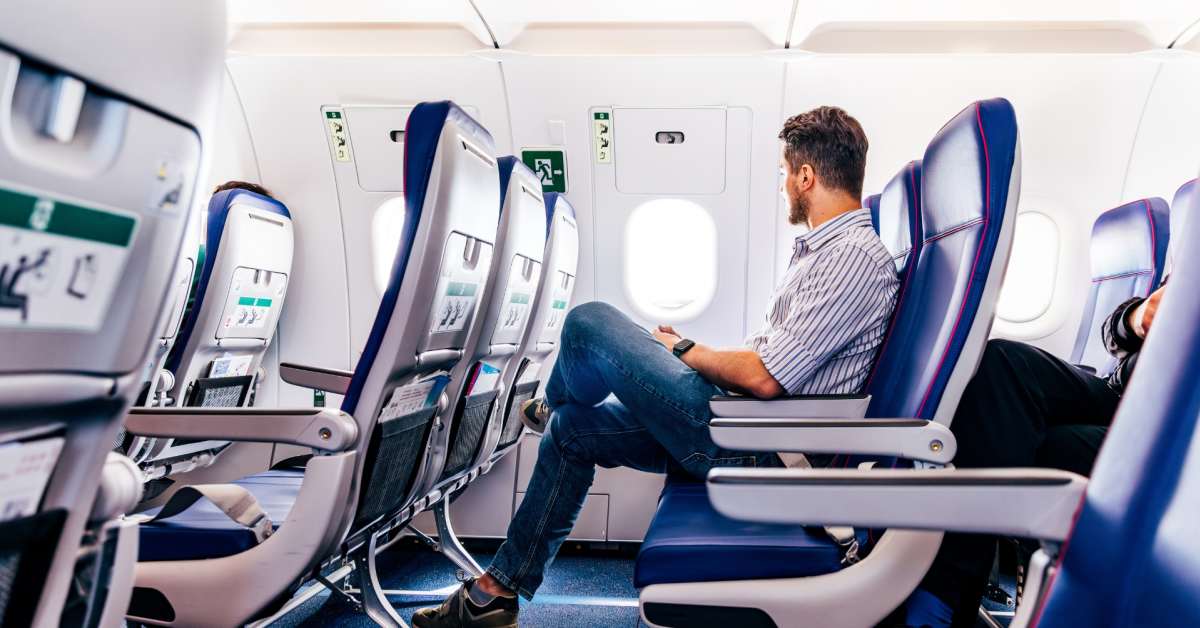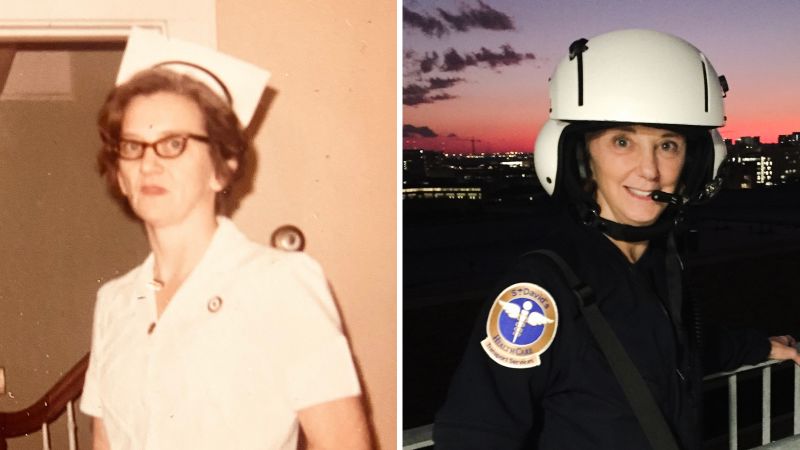Danger in the Skies: Expert Sounds Alarm on Flight-Related Blood Clots (DVT)

Millions of people take to the skies every day, but are you aware of a hidden health risk lurking within those long flights? A leading medical expert is raising concerns about deep vein thrombosis (DVT), a potentially serious condition linked to prolonged periods of immobility – especially common on airplanes.
What is Deep Vein Thrombosis (DVT)?
DVT occurs when blood clots form in deep veins, usually in the legs. These clots can break loose and travel to the lungs, causing a pulmonary embolism, a life-threatening condition. While DVT can happen to anyone, the risk is significantly increased during long periods of sitting, such as those experienced on flights.
Why Flights Increase Your Risk
Several factors contribute to the heightened risk of DVT during air travel:
- Immobility: Sitting still for hours restricts blood flow, making it easier for clots to form.
- Dehydration: Airplane cabins often have low humidity, leading to dehydration, which can thicken the blood and increase clot risk.
- Cabin Pressure: Changes in cabin pressure can also affect blood circulation.
- Pre-existing Conditions: Individuals with certain medical conditions, such as a history of blood clots, obesity, or pregnancy, are at even higher risk.
Tight Clothing: A Contributing Factor
Adding to the problem, tight clothing like leggings or skinny jeans can restrict blood flow in the legs, exacerbating the risk of DVT. While fashionable, these garments can hinder circulation and further contribute to clot formation.
How to Protect Yourself: Simple Steps for Safer Flights
Fortunately, there are several proactive steps you can take to minimize your risk:
- Move Regularly: Get up and walk around the cabin every couple of hours. Even simple stretches in your seat can help.
- Stay Hydrated: Drink plenty of water before, during, and after your flight. Avoid excessive alcohol and caffeine, which can dehydrate you.
- Wear Comfortable Clothing: Opt for loose-fitting clothing that allows for good circulation.
- Compression Socks: Consider wearing compression socks, which help improve blood flow in the legs.
- Ankle Exercises: Perform simple ankle rotations and calf stretches while seated.
- Consult Your Doctor: If you have concerns or pre-existing conditions, talk to your doctor before flying. They may recommend further precautions.
Don’t let the fear of DVT keep you grounded. By taking these simple precautions, you can enjoy your flights with greater peace of mind and safeguard your health.






